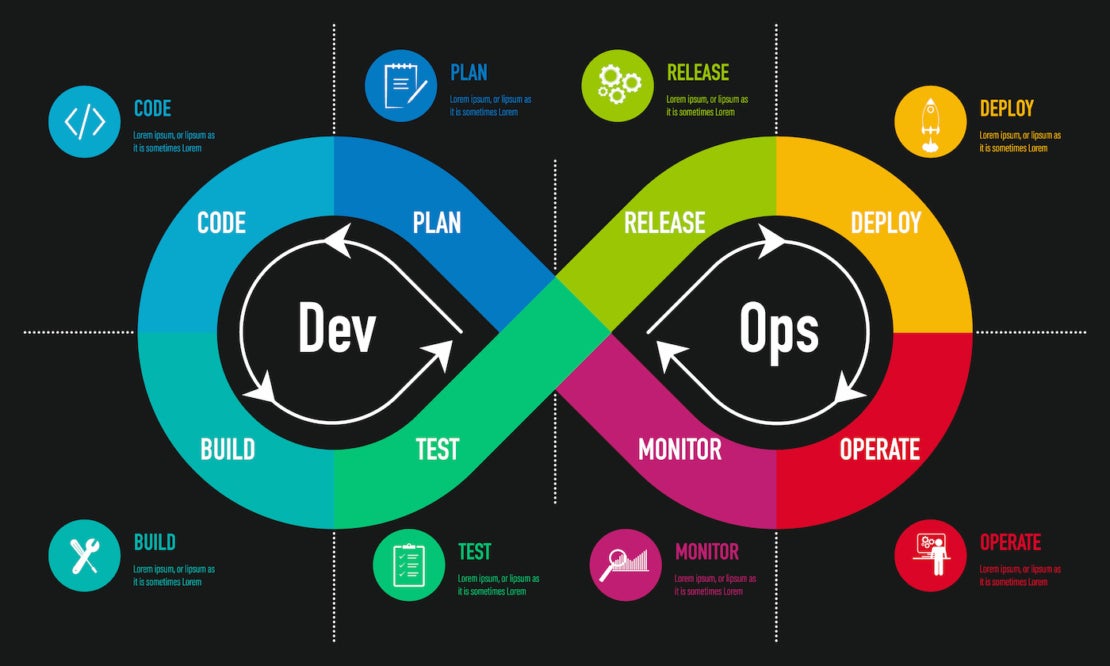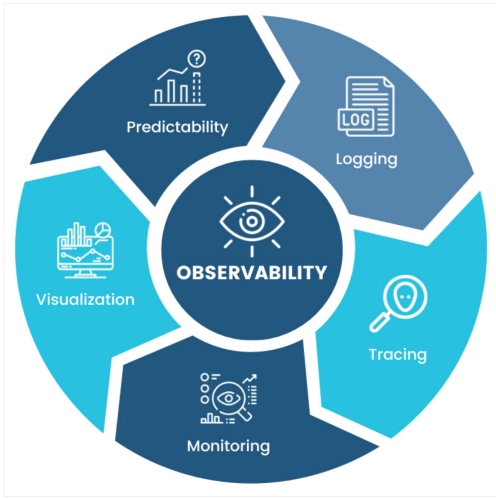OpenAI jettisons CEO Sam Altman for dishonesty

Board Chairman Greg Brockman will also leave his role as a result of the shakeup. OpenAI initially stated that Brockman would remain in his role as president, but shortly after the announcement of the reshuffling, he announced that he would quit the company entirely. The company’s CTO, Mira Murati, will take over as interim CEO, according to OpenAI, and the board will begin to conduct a formal search for a permanent replacement. Brockman will report to Murati, the company noted. Ritu Jyoti, group vice president for worldwide AI and automation research at IDC, called the shakeup “astonishing,” noting that Altman had been present at many public events, even in the days before his ouster, and that there was no sense of trouble in the offing for the CEO. “I’m sure the board has taken the right decision,” she said. “But it’s quite unexpected.”" Brockman and Murati were both promoted to their former roles in May 2023. Brockman has been closely involved in both broad strategy for the company as well as personal coding contributions, and has focused on training “flagship AI systems” since assuming the role of president.
Microsoft and Meta quizzed on AI copyright

The Lords were keen to hear what the two experts thought about open and closed
data models and how to balance risk with innovation. Sherman said: “Our company
has been very focused on [this]. We’ve been very supportive of open source along
with lots of other companies, researchers, academics and nonprofits as a viable
and an important component of the AI ecosystem.” Along with the work a wider
community can provide in tuning data models and identifying security risks,
Sherman pointed out that open models lower the barrier to entry. This means the
development of LLMs is not restricted to the largest businesses – small and
mid-sized firms are also able to innovate. In spite of Microsoft’s commitment to
open source, Larter appeared more cautious. He told the committee that there
needs to be a conversation about some of the trade-offs between openness and
safety and security, especially around what he described as “highly capable
frontier models”. “I think we need to take a risk-based approach there,” he
said.
The deepfake dilemma: Detection and decree

Deepfake technology poses significant challenges in legal proceedings,
particularly in criminal cases, with potential repercussions on individuals'
personal and professional lives. The absence of mechanisms to authenticate
evidence in most legal systems puts the onus on the defendant or opposing party
to contest manipulation, potentially privatizing a pervasive problem. To address
this, a proposed rule could mandate the authentication of evidence, possibly
through entities like the Directorate of Forensic Science Services, before court
admission, albeit with associated economic costs. In India, existing laws offer
some recourse against deepfake issues, but the lack of a clear legal definition
hampers targeted prosecution. The evolving nature of deepfake technology
compounds the challenges for automated detection systems, leading to increased
difficulty, particularly in the face of contextual complexities. This poses a
significant threat to legal proceedings, potentially prolonging trials and
heightening the risk of false assumptions.
The data skills gap keeps getting bigger. Here's how one company is filling it

The key message, says Moore, is that Bentley's apprenticeship program is
adding data talent to the IT skills pool and it's helping to foster a
community of like-minded professionals. "We've got a group of people who've
gone through the program. It's not just one school leaver going to a corner of
an office and not being sure how to fit in," he says. "I've now got people on
first, second, third, and fourth years of degrees. That depth of talent means
there's always someone to ask for help and support. There's a great
community." Moore says Bentley recruits the students and then places them with
a university. "I'm keen first and foremost that they're coming to Bentley and
they're adding value. They're connecting with the brand, sustainability, and
inclusivity that we offer -- and a lot of people are resonating with that
idea." When it comes to recruiting talent for the program, Moore says he's put
a lot of effort into going to schools. He typically looks for a solid grade in
math, as both the degree and the work at Bentley are "stats-heavy".
What are the Benefits of DevOps?

CI/CD is a cornerstone of DevOps. Continuous integration involves frequently
integrating code changes into a shared repository, where automated tests are
run to catch integration issues early. Continuous Deployment takes this a step
further by automating the deployment of code changes to production
environments. This automated pipeline reduces the risk of human error and
ensures that the latest code is always available to users. ... DevOps
encourages a focus on quality and reliability throughout the development
process. Automated testing, part of the CI/CD pipeline, ensures that new code
changes do not introduce regressions or bugs. This leads to more stable and
reliable software, as issues are caught and resolved before they reach
production. ... DevOps heavily relies on automation tools to streamline
processes. Infrastructure as Code (IaC) treats infrastructure setup as code,
allowing developers to define and manage infrastructure using
version-controlled files. This approach eliminates manual setup, reduces
inconsistencies and accelerates environment provisioning.
A Roadmap to True Observability

Ultimately, true observability empowers teams to deliver more reliable,
responsive, and efficient applications that elevate the overall user
experience. In order to achieve "true" observability, it's important to
understand the Observability Maturity Model. This model outlines the stages
through which organizations evolve in their observability practices, acting as
a roadmap. Here, we'll describe each maturity stage, highlight their
advantages and disadvantages, and offer some practical tips for moving from
one stage to the next. ... After understanding the Observability Maturity
Model, it's essential to explore the multifaceted approach companies must
embrace for a successful observability transition. Despite the need to adopt
advanced tools and practices, the path to "true" observability can demand
significant cultural and organizational shifts. Companies must develop
strategies that align with the observability maturity model, nurture a
collaborative culture, and make cross-team communication a priority. The
rewards are quite substantial — faster issue resolution and improved user
experience, making "true" observability a transformative journey for IT
businesses.
Make Your Dev Life Easier by Generating Tests with CodiumAI

Many developers still claim they don’t like writing tests, so the idea of
generating them using AI was always going to appeal. Of course, tests are not
necessarily a secondary issue — with Test-driven development (TDD) you write
the tests first. While it is a good thing every team should try, common
practice sees the creation of a minimum viable product (MVP) first, and when
there is some evidence this has a future, to then continue the project with
full unit testing. I had not seen CodiumAI before, but as it has generated an
easy-to-understand elevator pitch — “Generating meaningful tests for busy
devs” — right on its front page, I’m immediately ready to give it a go.
Clearly, they are trying to jump into the tool space opened up by OpenAI’s GPT
models — indeed, it is “powered by GPT-3.5&4 & TestGPT-1”. CodiumAI’s
implementation only works with Visual Studio Code and JetBrains for now; I’ll
use the former. I find VSC a bit awkward, but at least it should be happy with
C#, my preferred tipple. But I know JetBrains tools are extremely popular
too.
Meta disbanded its Responsible AI team
:format(webp)/cdn.vox-cdn.com/uploads/chorus_asset/file/23951355/STK043_VRG_Illo_N_Barclay_1_Meta.jpg)
According to the report, most RAI members will move to the company’s
generative AI product team, while others will work on Meta’s AI
infrastructure. The company regularly says it wants to develop AI responsibly
and even has a page devoted to the promise, where the company lists its
“pillars of responsible AI,” including accountability, transparency, safety,
privacy, and more. ... He added that although the company is splitting the
team up, those members will “continue to support relevant cross-Meta efforts
on responsible AI development and use.” ... RAI was created to identify
problems with its AI training approaches, including whether the company’s
models are trained with adequately diverse information, with an eye toward
preventing things like moderation issues on its platforms. Automated systems
on Meta’s social platforms have led to problems like a Facebook translation
issue that caused a false arrest, WhatsApp AI sticker generation that results
in biased images when given certain prompts, and Instagram’s algorithms
helping people find child sexual abuse materials.
Ransomware gang files SEC complaint against company that refused to negotiate

It will be interesting to see how the SEC reacts to the possibility of
ransomware gangs taking advantage of its rules and complaint facility to
blackmail victims and whether the agency will be more lenient with how it
enforces the new disclosure requirements in the beginning. “This puts added
pressure on publicly traded MeridianLink after claiming to have breached its
network and stolen unencrypted data,” Ferhat Dikbiyik. “This move has
blindsided the industry and raised questions about the effectiveness of the
new SEC rules in the fight against cybercrime. It also begs the question: Does
ALPHV have affiliates within the US?” ... “While shocking to many, the reports
that BlackCat tattled on one of their victims to the SEC isn't surprising in
the ever-evolving ransomware economy,” Jim Doggett, CISO of cybersecurity firm
Semperis, tells CSO. “Some will argue that BlackCat's move is opportunistic at
best, and they are motivated only by greed to force quicker payments by
victims. Others will say that this aggressive move could leave the group in
the crosshairs of US law enforcement agencies. At the end of the day, the
ransomware gangs are criminal organizations, and their only motive is
profits.”
The Next Leap in Battery Tech: Lithium-Ion Batteries Are No Longer the Gold Standard

Unfortunately, the natural SEI is brittle and fragile, resulting in poor
lifespan and performance. Here, the researchers have looked into a substitute
for natural SEI, which could effectively mitigate the side reactions within
the battery system. The answer is ASEI: artificial solid electrolyte
interphase. ASEI corrects some of the issues plaguing the bare lithium metal
anode to make a safer, more reliable, and even more powerful source of power
that can be used with more confidence in electric vehicles and other similar
applications. ... The future of the ASEI layers is bright but calls for some
improvements. Researchers mainly would like to see improvement in the adhesion
of the ASEI layers on the surface of the metal, which overall improves the
function and longevity of the battery. Additional areas that require some
attention are stability in the structure and chemistry within the layers, as
well as minimizing the thickness of the layers to improve the energy density
of the metal electrodes. Once these issues are worked out, the road ahead for
an improved lithium metal battery should be well-paved.
Quote for the day:
"When you expect the best from people,
you will often see more in them than they see in themselves." --
Mark Miller
No comments:
Post a Comment